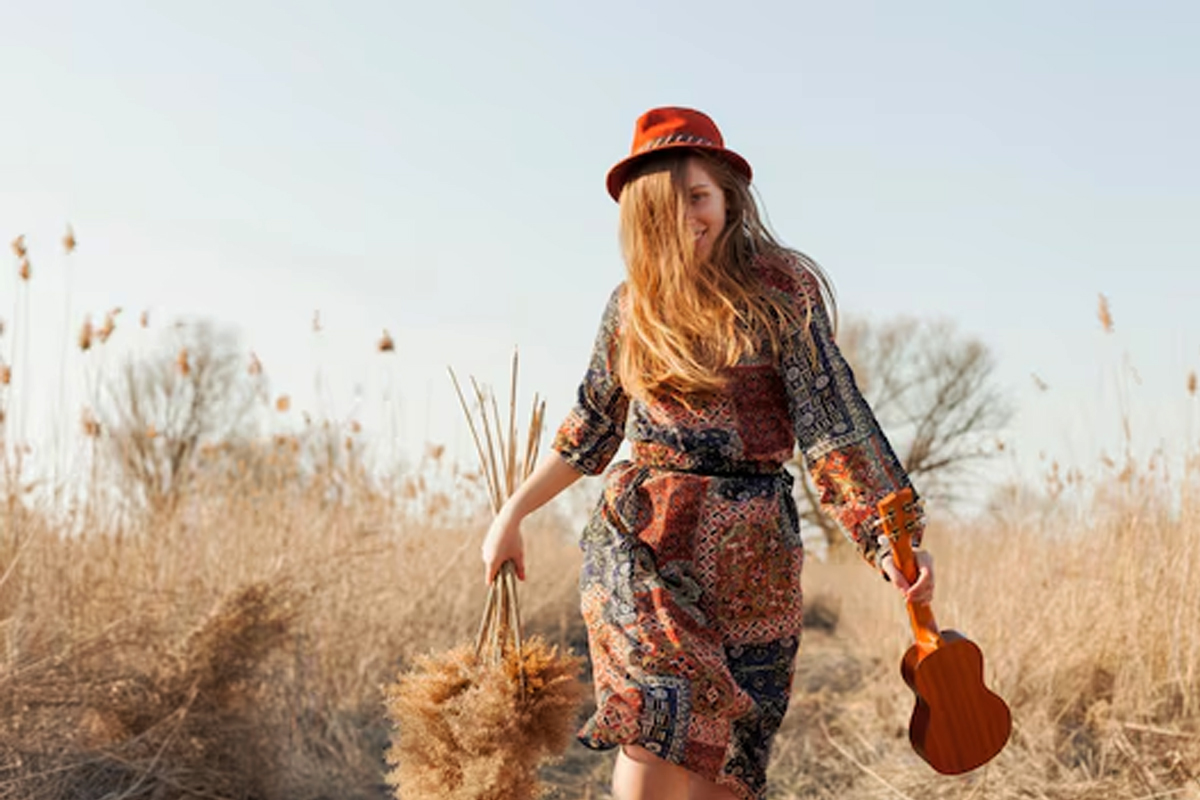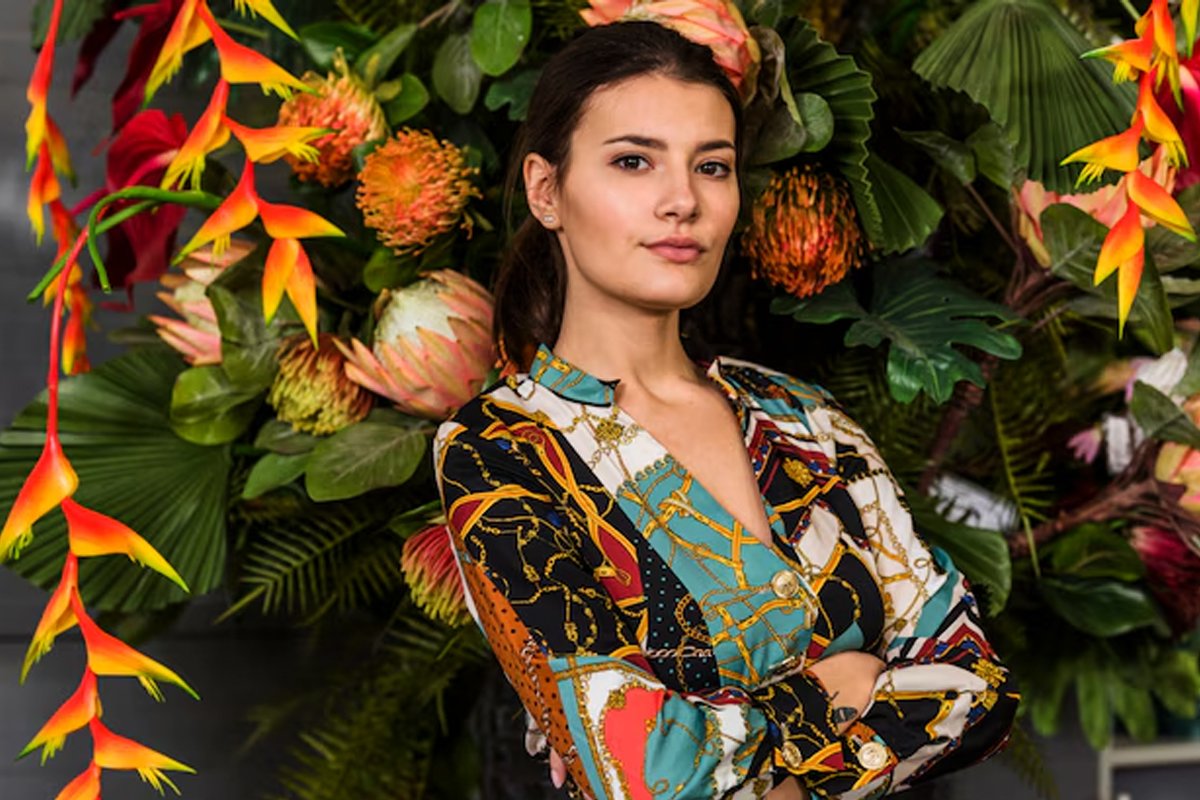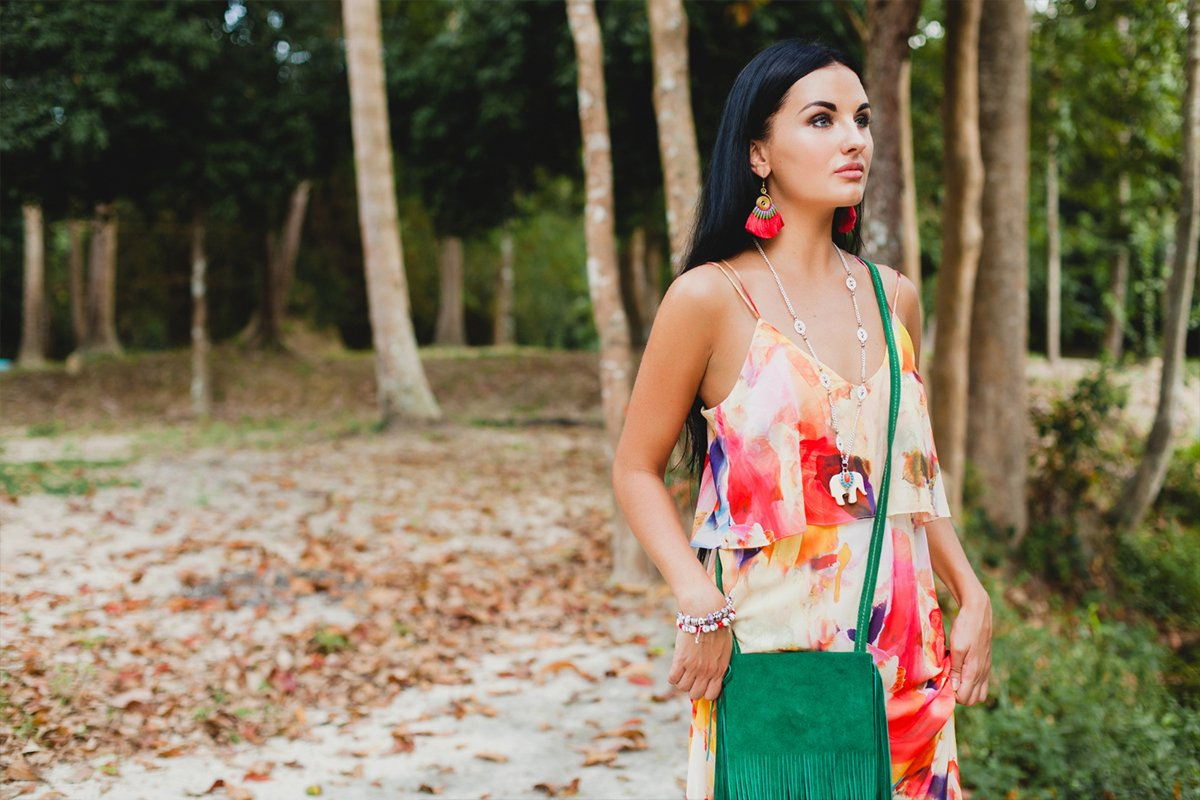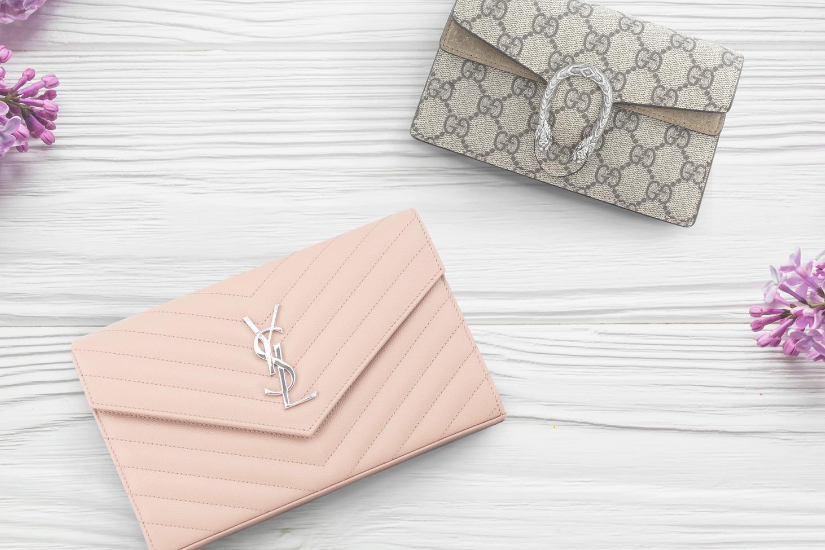In the ever-evolving world of Australian fashion, Indigenous designers are weaving a powerful narrative that bridges culture, creativity, and contemporary aesthetics. As Fashion Weekly explores the shifting landscape of style, it is impossible to ignore the impact of First Nations people on modern fashion. From runway showcases to editorial illustrations, Indigenous artistry is reshaping the industry with authenticity, storytelling, and a deep connection to the Country.

Indigenous Influence on Australian Fashion
Fashion in Australia has long been inspired by the vibrant art and traditions of Aboriginal and Torres Strait Islander communities. From intricate dot paintings to organic, earth-toned designs, Indigenous culture is a wellspring of inspiration for designers and illustrators alike. The fusion of ancient motifs with modern fashion sensibilities has given rise to a distinctive visual language, one that respects heritage while pushing creative boundaries.
In particular, Contemporary Indigenous Fashion Narratives in Australian Fashion Illustration highlights the way fashion illustration has evolved to incorporate Indigenous storytelling. More than just aesthetic choices, these illustrations convey the resilience, identity, and spirituality of First Nations artists, providing an evocative medium through which their voices can be heard.

The Rise of Indigenous Designers and Collaborations
Indigenous designers such as Julie Shaw and Grace Lillian Lee are at the forefront of this movement, integrating traditional techniques with contemporary fashion trends. Their work not only celebrates cultural heritage but also challenges industry norms, advocating for greater representation and ethical collaborations.
Labels like Maara Collective are redefining luxury fashion by working closely with Indigenous artisans, ensuring that cultural narratives remain at the heart of their creations. These collaborations bridge the gap between tradition and modernity, resulting in designs that are both visually stunning and culturally significant.

Fashion Illustration as a Medium for Indigenous Narratives
The role of fashion illustration in amplifying Indigenous voices cannot be overstated. Illustrators and designers are incorporating Indigenous patterns and storytelling elements into editorial work, runway sketches, and branding, ensuring that First Nations artistry is not only seen but also valued.
Institutions like Bendigo Art Gallery have played a pivotal role in elevating Indigenous fashion narratives through exhibitions that showcase the depth and beauty of First Nations creativity. Meanwhile, the National Indigenous Fashion Awards (NIFA) continue to highlight the innovation and contributions of Indigenous designers, providing them with a platform to reach wider audiences.
The Future of Indigenous Fashion in Australia
The momentum behind Indigenous Australian fashion is undeniable. As sustainability becomes a key focus in global fashion, Indigenous designers are leading the charge with eco-conscious techniques rooted in their ancestral knowledge. Slow fashion, ethical sourcing, and community-driven design processes are at the core of many Indigenous brands, offering a compelling alternative to fast fashion.
Looking ahead, the potential for emerging Indigenous designers is boundless. As Fashion Weekly continues to celebrate diversity and innovation, it is clear that Indigenous fashion is not a passing trend—it is a movement, a reclamation, and a powerful force shaping the future of Australian style.
By embracing Indigenous fashion narratives, the Australian fashion industry is not only acknowledging its past but also creating a more inclusive and authentic future. Whether through textiles, illustration, or high fashion, the stories of First Nations designers are here to stay—and they are changing the industry for the better.


















